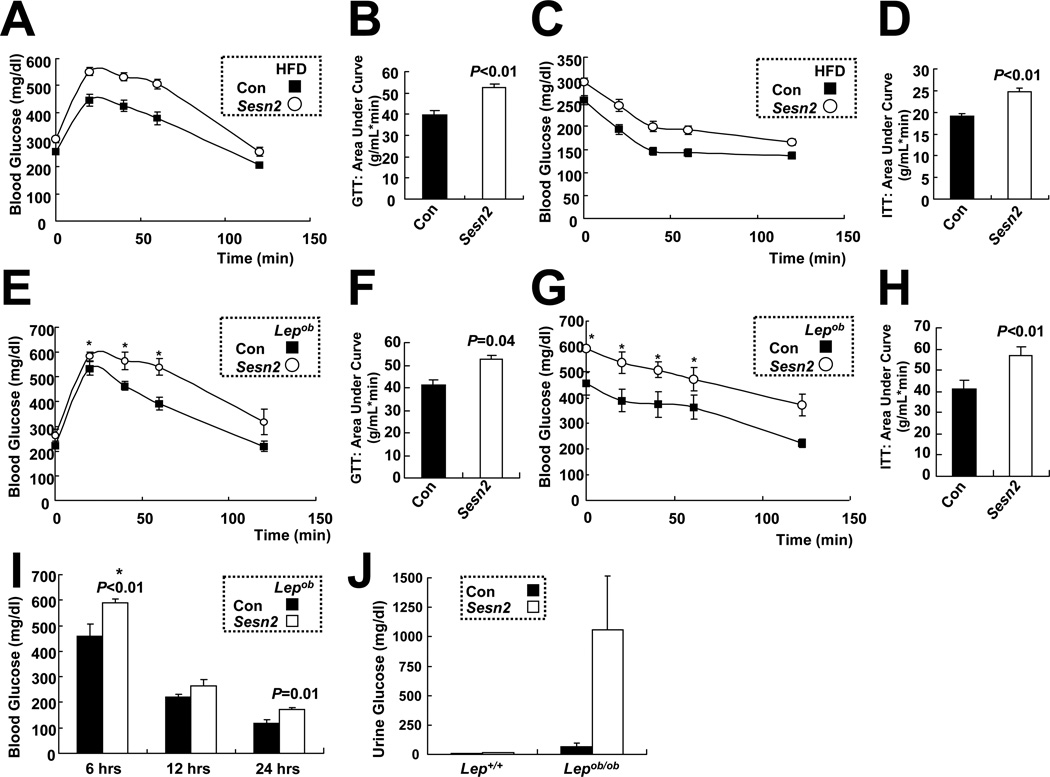Figure 1. Sestrin2 deficiency enhances obesity-induced insulin resistance.
(A–D) HFD-induced glucose intolerance and insulin resistance in WT and Sesn2−/− mice. After 6 hrs of fasting, Con (Sesn2+/+ or Sesn2+/−) and Sesn2−/− mice kept on HFD for 3 months were subjected to glucose tolerance test (A, GTT, n≥16) and area-under-curve analysis (B), or to insulin tolerance test (C, ITT, n≥28) and area-under-curve analysis (D). (E–H) Glucose intolerance and insulin resistance caused by leptin deficiency are aggravated by Sestrin2 deficiency. After 12 hrs (E and F) or 6 hrs (G and H) of fasting, 4 month-old Lepob/ob/Sesn2+/−(Con) and Lepob/ob/Sesn2−/− (Sesn2) mice were subjected to GTT (E, n≥4) or to ITT (G, n≥5) and area-under-curve analyses (F, H). (I and J) Blood (I) and urine (J) glucose measurements from Lepob/ob/Sesn2+/− (Con) and Lepob/ob/Sesn2−/− (Sesn2) mice (n≥4) fed ad lib on LFD (J) or after the indicated fasting periods (I). Stars (*) denote that the data contain measurements exceeding the detection limit of the glucose meter (600 mg/dl). Thus, the star-marked data may be higher than the plotted values. Data are presented as means ± standard error. P values were calculated using Student’s t-test.

